Dear friend,
One of the best joys in photography is having the opportunity to express yourself.

Dear friend,
One of the best joys in photography is having the opportunity to express yourself.

Dear friend,
Why is it so hard for us to stay inspired in photography? This is something that has challenged me for a long time — and I think I’ve discovered some of the solutions and secrets for myself. I hope some of my experiences can also help empower you.

In this post we will cover practical tips and guidelines on how to shoot better portrait photos. You will learn how to interact and guide your subject, and reveal their soul with you lens.

One of the reasons why I love street photography: it is the ultimate form of self-therapy– for my mind, my well-being, my mental health, and my overall optimism and positivity towards life.

Dear friend,
To advertise my new book: “Ultimate Beginner’s Guide to Mastering Street Photography“, here is a list of practical and philosophical tips on street photography, which I hope can empower you to take your street photography to the next level:

Dear friend,
I am very excited to share my new book with you: Ultimate Beginner’s Guide to Street Photography — your new personal primer to mastering the fundamentals of street photography, conquering your fears, and taking your street photography to the next level.

Photography is not possible without composition– don’t miss out on these 5 essential photography composition tips:

Dear friend,
If you want to find more joy, happiness, and fulfillment in your photography and life — I recommend ‘Everyday Photography’:

Can a photographer shoot video as well? Here are some practical lessons I learned while shooting video and the cinematography for “The Undeniable Force of Khó Khăn†by Cindy Nguyen.

Dear friend,
If you’ve ever wanted to learn practical monetization strategies in photography– this is advice I would have given myself:
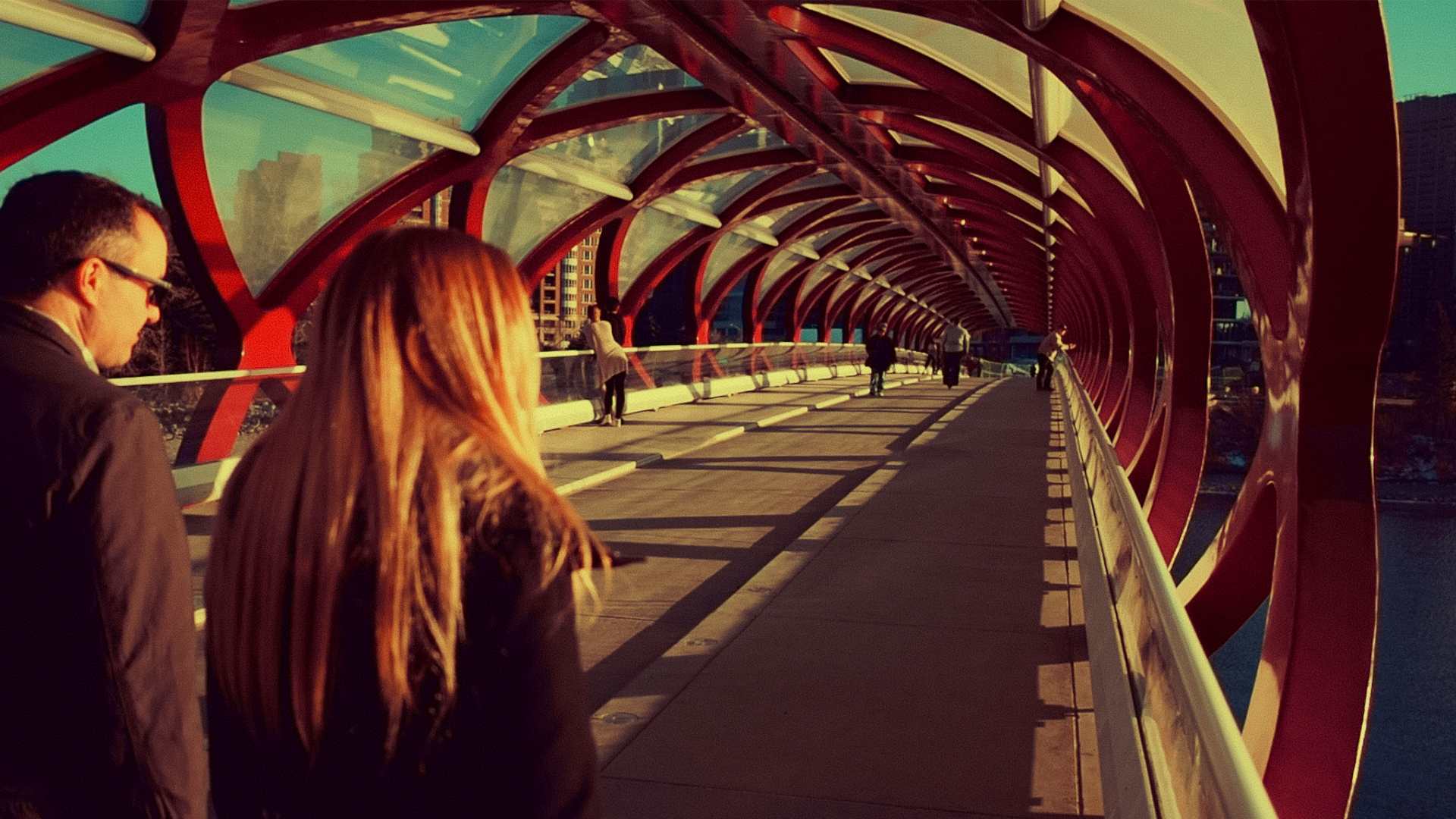
This is a special feature post by Aaron Feser, a photographer and videographer based in Calgary, Canada. You can see more of his work here.
Shooting photographs with video has a difficulty level that falls somewhere between stills and video. It’s a hybrid tool that’s only practical for special situations. But if you like a challenge it represents a unique creative experience that might change the way you think about street photography.

I think a 35mm ‘full frame-equivalent’ lens is ideal for 90% of street photographers. Why a 35mm lens, and how do you shoot with it in street photography? Some practical ideas:

Currently in Lisbon, one of my new favorite cities in the world for food, colors, travel, light, photography, and living.

If you’re busy with a day-job, and when you leave the office and it turns dark — try out night photography.

The happiest photographer is the photographer who is cheerful — who is optimistic, looking forward to the future, excited to make new photos, and still has that child-like sense of wonder and curiosity.

You got your own style in photography; whether you know it or not.
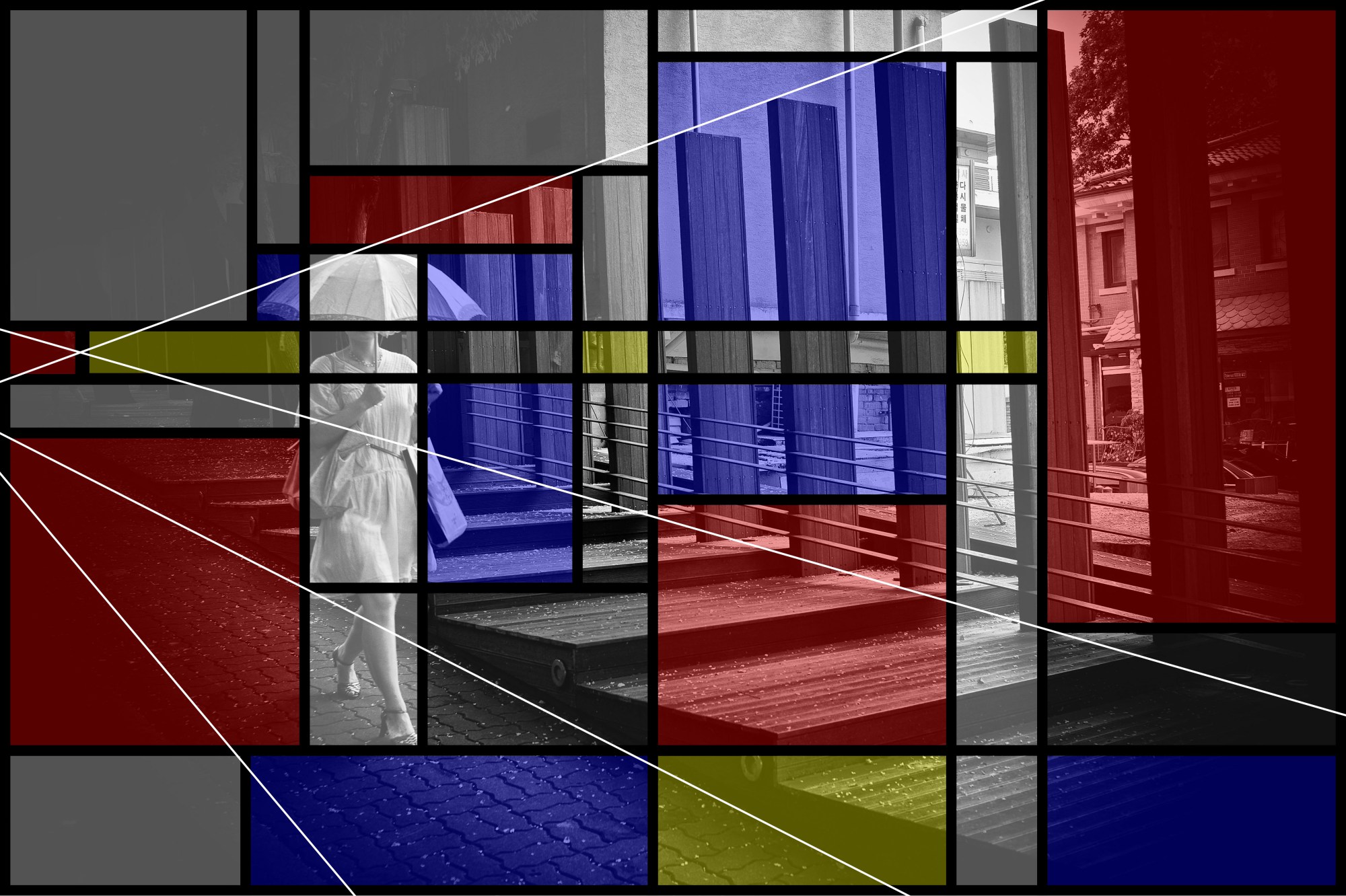
I remember when I was 18 years old; I had no interest in making money from my photography, and I didn’t really have any ideas on making a living from my photography.

Dear friend,
If you’re having a hard time finding inspiration in your photography and life, I recommend trying out shooting macro photography — or just photographing the details of stuff, very close.
DOWNLOAD PDF: 7 Tips How to Shoot Better Macro Photography

Okay first of all, macro photography gets a bad reputation for only being for “noobs†(newbies). But, I think the secret to staying inspired as a photographer for your entire life is to in fact, be a “noob†(newbie/beginner photographer) for your whole life.

For example, long before I shot street photography, and all I had was my little Canon SD 600 point and shoot digital camera, I loved photographing closeup macro photos of everything — flowers, stuff I found on the ground or details of things I found interesting.

However, as I started to become more experienced in photography, shooting photos of flowers or my food wasn’t “serious†enough. Thus, I stopped.
And when I stopped shooting these childlike, beginner photos — I think a part of my childlike curiosity also died.

Now, I’m back in full noob photography mode, having fun shooting without barriers. I give myself full freedom to photograph anything I want, however I want to shoot it, regardless of what it is. In fact, I love photographing my food — even though I am sometimes scowled at by other more “serious†photographers.

Anyways back on the topic of macro photography: shooting close up detail photos of things are fun. It allows us to really pay attention to the beauty in the small things.

I shoot closeup macro photos with my RICOH GR II in “Macro†mode, and use the popup flash. I love it, because I can make interesting photos of anything — the trash I find on the ground, a detail of some texture in the wall, or even my food.
Some ideas and tips to make better macro photos:

When you’re photographing a closeup macro photo of something, look at the edges of your frame, and try to keep the background simple and clean.
This will allow the viewer’s eye to be fully focused on your subject.

Use the built-in flash in your camera, if you have it. If not, use a small flash when shooting closeups.
The fun thing with a flash: it transforms whatever you’re photographing into something else — something more unusual and surreal.
Good inspiration is to see Araki’s closeup macro flash photos of flowers (which he makes look like genitals) and Martin Parr from his “Common sense†Book, when he makes food and other British things look quite disgusting.

To me, I’m more interested in making interesting (non boring) photos than pretty pictures.

That means, often when I photograph closeup macro photos, the subjects actually look pretty gross. The food I photograph looks a bit gross. Also, when I photograph urinals, yes, that looks a bit gross.

Don’t shy away from making “ugly†or “gross photosâ€.

For me, the purpose of macro photography is to really just stop, pause, and look at stuff — and examine it, closely. That means, when you look at your coat, just stop and really look at it.

We have become so accustomed to common objects like clothes hangars, light bulbs, and coffee cups, that we don’t see the inherent beauty in the shapes and forms of the objects.

So macro photography is a good exercise for us to stop, pause, reflect, and really see.

Look for circles, triangles, rectangles, squares, and when you shoot, try out different perspectives. Shoot from a high angle, and low angle. Work the scene by tilting your camera to the left and right, and try to make a diagonal composition.

Also, look for interesting colors — what color is the object you’re photographing, and what color is the background?
Or do you see any interesting gritty textures you can photograph?

I’ve done a series of street portraits on the RICOH GR II in Program mode, iso 800, and macro mode with the 28mm lens. It creates a very interesting perspective and look for peoples faces— which I like. The photos feel more intimate, like you’re standing right next to them, looking straight into their soul.

So as an experiment, try to shoot portraits of people in macro mode. If you’re uncomfortable doing that, maybe do a self-portrait series of yourself in macro mode instead.




Just imagine,
If I were 5 years old, what would I stare at, and find interesting — and thus want to photograph?
Rediscover your inner child, and shoot without hesitation or any barriers.

Macro photography is fun. If you don’t have a lens that focuses closely, just use your phone and flash.
Don’t take it too seriously. Use macro photography as a way to better appreciate the common objects in your everyday life, and as a way to just shoot more.

There’s beauty all around you: everything is interesting, as long as you look closely enough.
JUST SHOOT IT,
ERIC

Never miss the decisive moment >

Find more Personal meaning in your photographic life with PHOTO JOURNAL >

STREET NOTES: Push Yourself out of your Comfort Zone in Street Photography >

Reinspire Yourself in photography from timeless lessons from the masters of photography>

Marketing, branding, and monetization tips and techniques to stand out as a photographer >

For more inspirational free resources, join ERIC KIM NEWSLETTER and be the first to get exclusive content, access to books, presets, and new upcoming workshops.

Dear friend,
If you’re new to photography, start here:



















“He without a past has no future.”
Start here:

Classics never die:

Dear friend,
Remember — the initial joy you had in photography, when everything was so interesting?

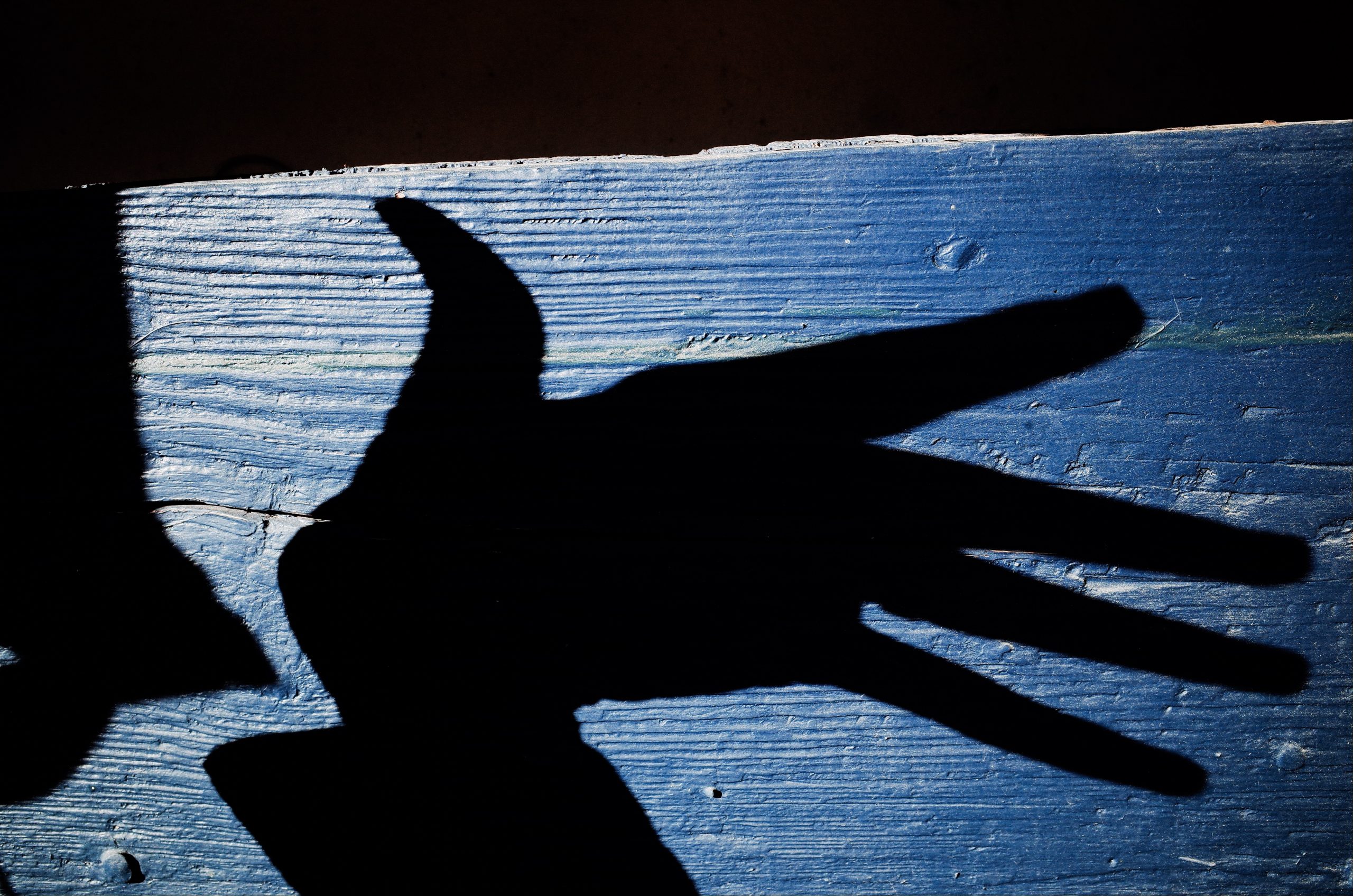
A mini epiphany that I had while studying the philosopher Democritus: true happiness in life is about living a DYNAMIC, changing, and evolving one —rather than a static, “safeâ€, and “comfortable†lifestyle.

Dear friend,
If you’re interested in street photography, yet — you have hesitations or fears in street photography, this advice is for you.
Download PDF presentation on conquering your fears of shooting street photography:
PDF: HOW TO CONQUER YOUR FEARS OF SHOOTING STREET PHOTOGRAPHY

Take your street photography to the next level >

To be frank, I think 80% of street photography is just having guts. To have the guts to click the shutter. 20% is skill, and everything else.
I think that street photography is enjoyable because it is so damn hard and scary. If street photography wasn’t scary or difficult, I don’t think it would be enjoyable.

To start off, realize that it is the difficulty and scariness of street photography what makes it so enjoyable. If street photography wasn’t so hard, we would all just be shooting pretty landscape or flower photos.

So first and foremost, recognize that street photography is difficult and scary. And that is OK. Realize that if you feel any fear in Street photography that is a good thing — it means you are human.
And this is my theory: Fear is a good thing — it tells us what to shoot in street photography.
For example,
Let’s say you see a scene you want to photograph, but you feel nervous. Your fear or nervousness is a sign that YOU MUST SHOOT THE SCENE. Why? You find the scene fascinating, and the only reason you feel fear is because you desire and want to shoot it.

Think about it: if you didn’t want to photograph the scene, you wouldn’t feel fear.
Therefore, realize that fear is a good thing in Street photography. It guides us, and tells us what to photograph.
Yet, the only problem with fear is when it prevents you from shooting the scene.

For example, nowadays, I still feel afraid photographing certain scenes in Street photography. I still get that adrenaline rush, and that chest bumping feeling.
Yet, the secret is to feel the fear of shooting street photography, but still shoot it anyways.
Therefore, always keep that fear with you, but channel it, and use your fear as a guide. What you just want is this:
Don’t let your fear prevent you from hitting the shutter.
Once again to say this more clearly: feel fear, but shoot it anyways.

Okay so now some practical tips on how to conquer your fears in street photography.

I know some of my friends who like to listen to music while shooting street photography.
I generally think this is a good strategy, if you want to overcome your fears and hesitations in Street photography. But the downside of this strategy is that you might get hit by a car if you’re not paying attention, and also you lose the ability to overhear interesting conversations which might lead to good photo opportunities.

But still, try it out if you’re hesitant in Street photography. Put on some headphones, and listen to some techno, hip hop, jazz music, or whatever gets you in the zone.
For techno/electronic music, Geseffelstein is great (listen to “Viol†or “Helliforniaâ€.
For hip hop, some good pump it up music is “New Level†From ASAP FERG, or “Rap God†by Eminem.
Jazz music: of course, Miles Davis.

So this is the assignment: find an album or playlist you like, and shoot street photography for about an hour listening to that album or playlist. See how this affects your fear levels in Street photography.


Avoid eye contact and pretend you’re shooting something behind your subject, or pretend you’re photographing something else.

This is a basic one: a smile goes a long way, regardless of what country you’re in.
This is one aphorism I recommend:
When in doubt, smile.
When you’re shooting, smile. This way you will feel less self-conscious.

The assignment: for an entire hour, smile at everyone you photograph, and say “thank youâ€.
You can practice smiling in different ways:

A smile works regardless of what country you’re in. Smiling is the universal language.

This is ERIC KIM’s patented “set it and forget it†settings. Set your camera to P (program mode), center point autofocus, and ISO 1600.
Honestly, these settings will work 90% of the time in Street photography. And why these settings?
The less you think about your settings in Street photography, the less hesitation you will have before you shoot Street photography.
Hesitation is the enemy in street photography.

Our brain only has so much processing power. It is a waste of energy to think of your technical settings and trying to conquer your fears in street photography.
If you have to always think about your technical settings, you fall into “paralysis by analysis†— you become paralyzed, because you analyze your settings too much.

Try shooting with your camera in P (program mode), center point autofocus, and ISO 1600 for an entire day, and see how it works for you.
This is another practical tip: use a point and shoot camera (like RICOH GR II), or just use the LCD screen in your camera for street photography. The problem of using a viewfinder is that it screams “photographer!†too loud, and will draw unwanted attention towards you.
I find shooting with a point and shoot camera makes me more stealth, and makes me look more like a tourist. Anything that can make you look more like a tourist is a good thing. Oh yeah, it also helps that I am Asian (unless I’m shooting in Asia).
This is an unrelated note — but experiment shooting with touristy clothes (fanny pack and tourist t-shirts) when you’re on the streets, and see if people ignore you more.

The biggest tip: don’t drop your camera after taking a photo.
Rather, hold your camera up, shoot, click, and PAUSE.

The mistake we make is that after we take a photo, we immediately drop our camera and move on — which is a dead giveaway that we have taken someone’s photo.
If you want to be more stealth, shoot, click, and pause. This pause confuses people.

Then after you pause, keep clicking. I’ve found in my personal experience: the pause after I shoot street photography is what often leads to more interesting photos. Because I keep shooting, and squeeze more out of the lemon. And for me, the best photos I shoot are generally towards the end.

Ask yourself a question,
Do I like having my own photograph taken?
If not, learn how to be comfortable being photographed by others. Because the mistake we make is,
If we don’t like being photographed, we assume others don’t like being photographed.
In reality, there are vain people (like ERIC KIM) who love being photographed.

If you don’t like being photographed, you will assume others don’t like being photographed — and therefore you will feel some sort of guilt when shooting Street photography.
But, you’re not doing anything wrong when shooting street photography.
You’re capturing the beauty of everyday life; and sharing that joy with others — you are doing a GOOD THING for society!
Street photography is hard and scary — yet, that is what makes street photography fun and enjoyable.
My suggestion: seek to hesitate a little less in your street photography everyday.
Also applied to life — what if we had fewer fears, hesitations — how much more could we achieve in life?
BE BOLD,
ERIC
Download PDF presentation on conquering your fears of shooting street photography:
PDF: HOW TO CONQUER YOUR FEARS OF SHOOTING STREET PHOTOGRAPHY

See all free street photography PDF Visualizations >

Learn timeless lessons from the masters of street photography >

Take your street photography to the next level with STREET NOTES >

For more inspirational free resources, join ERIC KIM NEWSLETTER and be the first to get exclusive content, access to books, presets, and new upcoming workshops.
If you’re new to street photography, start here:
Push yourself out of your comfort zone with STREET NOTES: Mobile Edition.
STREET NOTES PAPER EDITION ON AMAZON >

Timeless wisdom from the masters of street photography.


Get started in street photography:
See all articles to conquer your fears >

Take your street photography to the next level:

Find deeper meaning in your street photography:

Learn how to shoot on the streets:
See all street photography tips and techniques >

In-depth guides on street photography:

The best equipment for street photography:
“He without a past has no future.”
Start here:

Classics never die:

Distilled information on street photography:
For more resources on photography, Start Here >

Dear friend,
Recently I’ve found a huge new spurt of creative inspiration for photography, and have been shooting more on a daily basis than ever. What has helped me? Let me share with you what has worked for me:
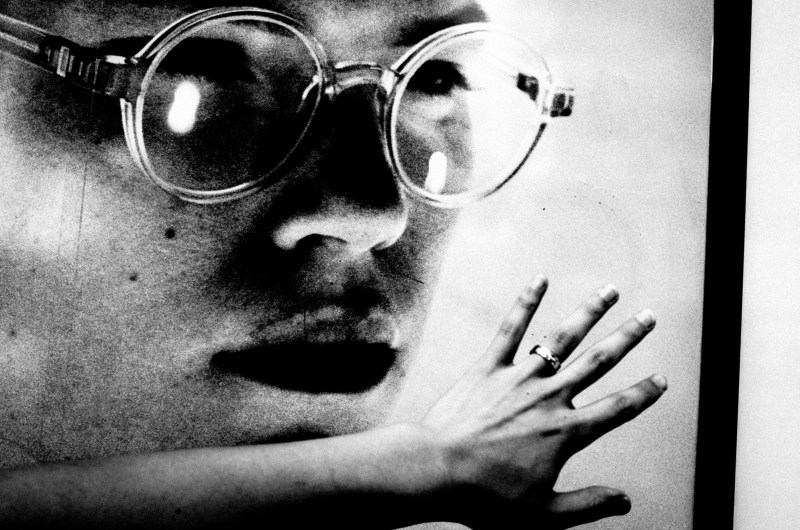
If you want to make more interesting photos, make more surreal photos:

Dear friend,
If you’ve ever had ‘photographer’s block’, and felt creatively frustrated, and have no inspiration or will to shoot — I hope this advice can help you.

30 Inspirational New Year’s Photography Resolutions: Kick off your photography with a fresh new start with this new FREE PDF Visualization by Annette KIM.

HAPTICPRESS presents a new Visualization to inspire you for the new year’s: “ZEN OF ERIC: On Photography, Life, Art, and Work.”
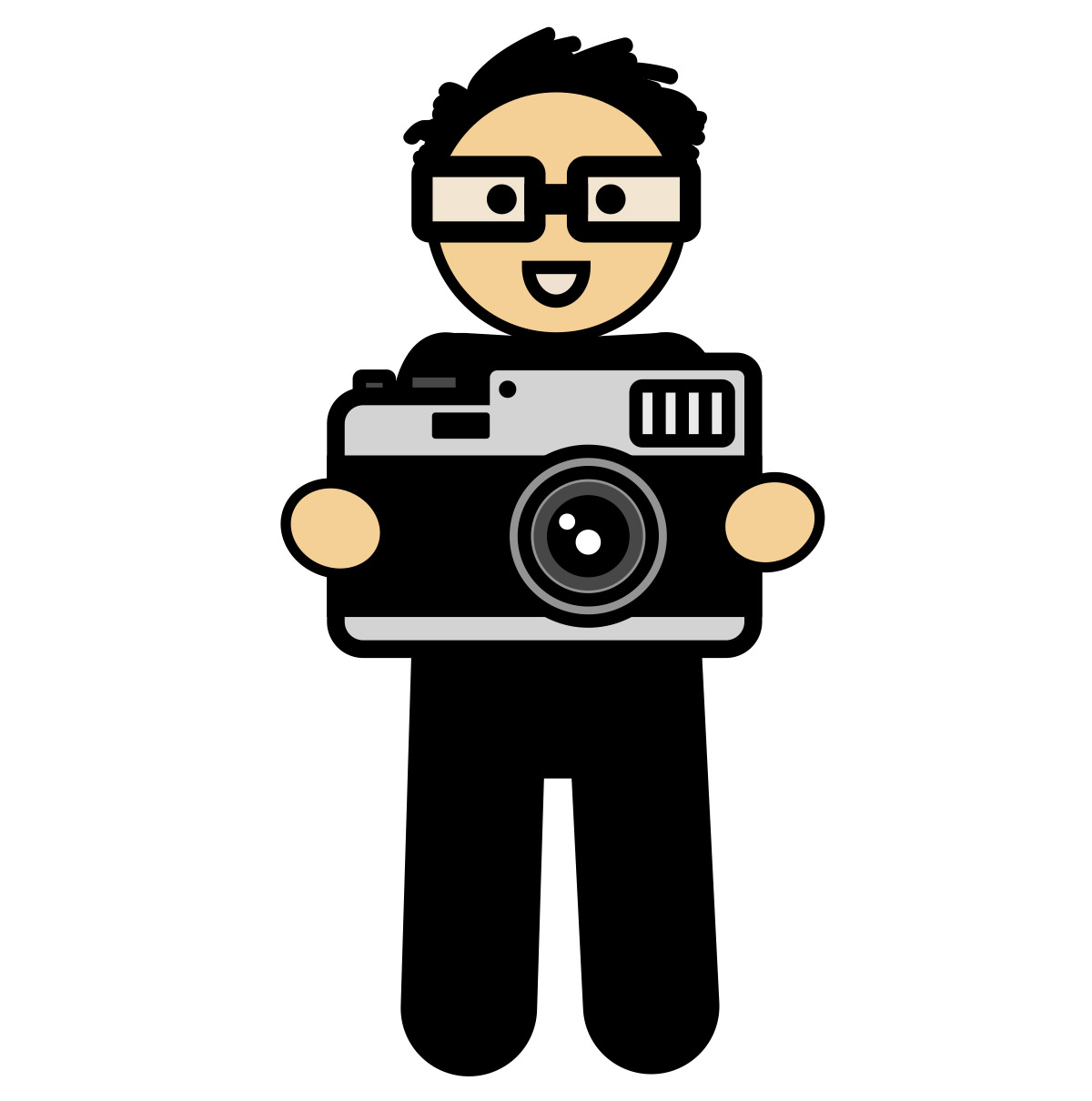
Dear friend,
I don’t know about you—but I’m prone to disappointment in my photography and life.

Freshly pressed creations by the talented Annette Kim to inspire you this new year:
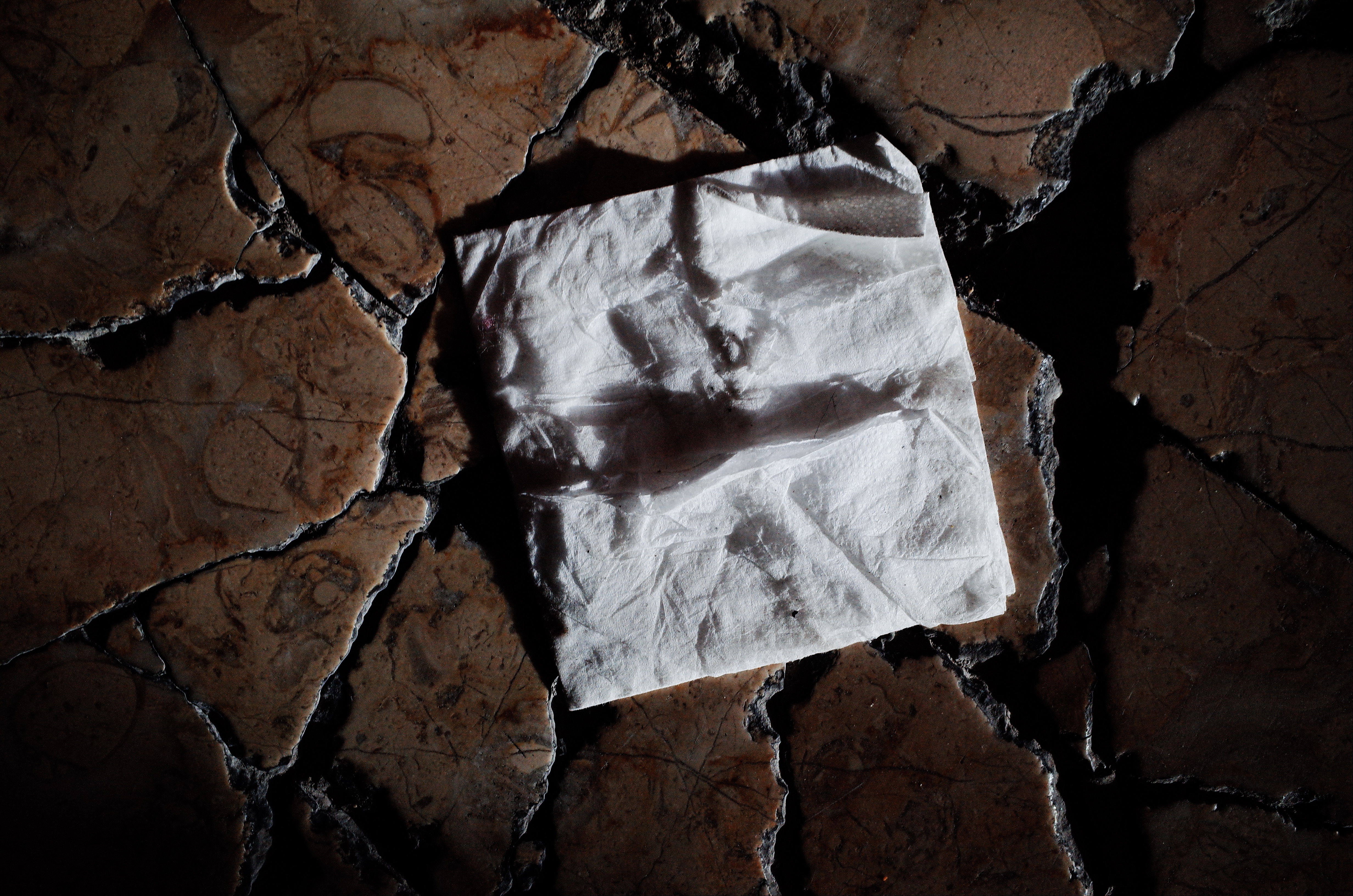
I’ve been thinking — there are so many good photos and images now in the world. What is the practical benefit, or value of a photograph?

This is a spin-off of the wise saying from Socrates: “The unexamined life isn’t worth living.”

A recent thought I had: photography is fun precisely because it is a series of visual experimentation.

I was recently at the house of my friend Yves Vernin, and saw the phenomenal book, ‘In The Balkans‘ by Magnum Photographer Nikos Economopoulos, and was blown away by his epic compositions.
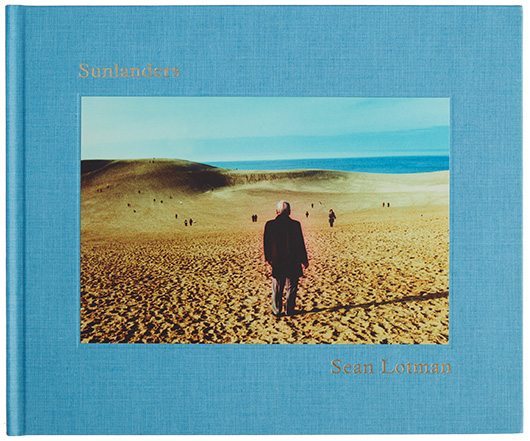

If you are hungry for direction and inspiration in your photography, try these 10 simple and practical photography assignments:
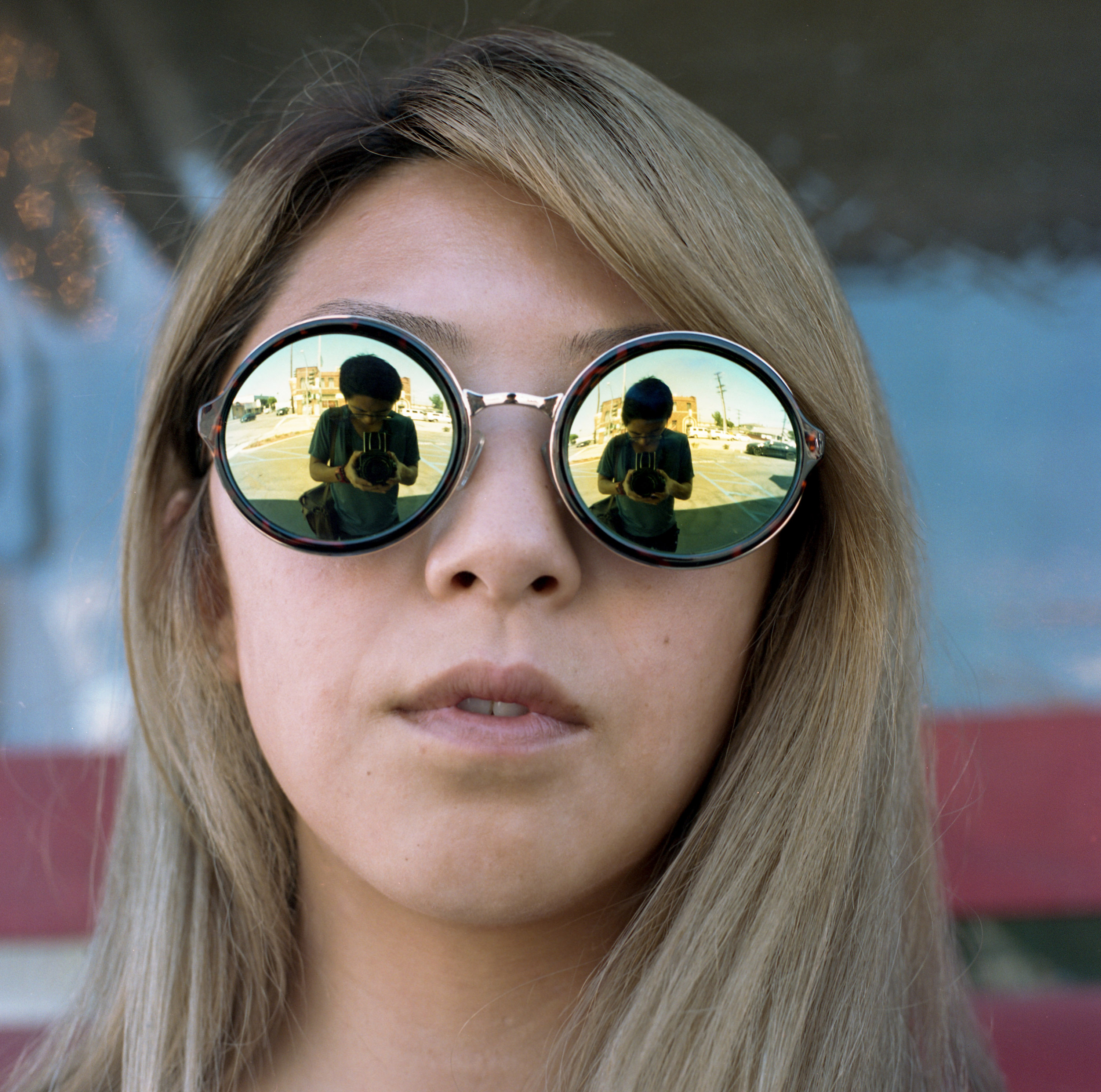
Dear friend,
Some more fun photography philosophy to wax poetic about — this time, let’s consider the photographer as a vessel.
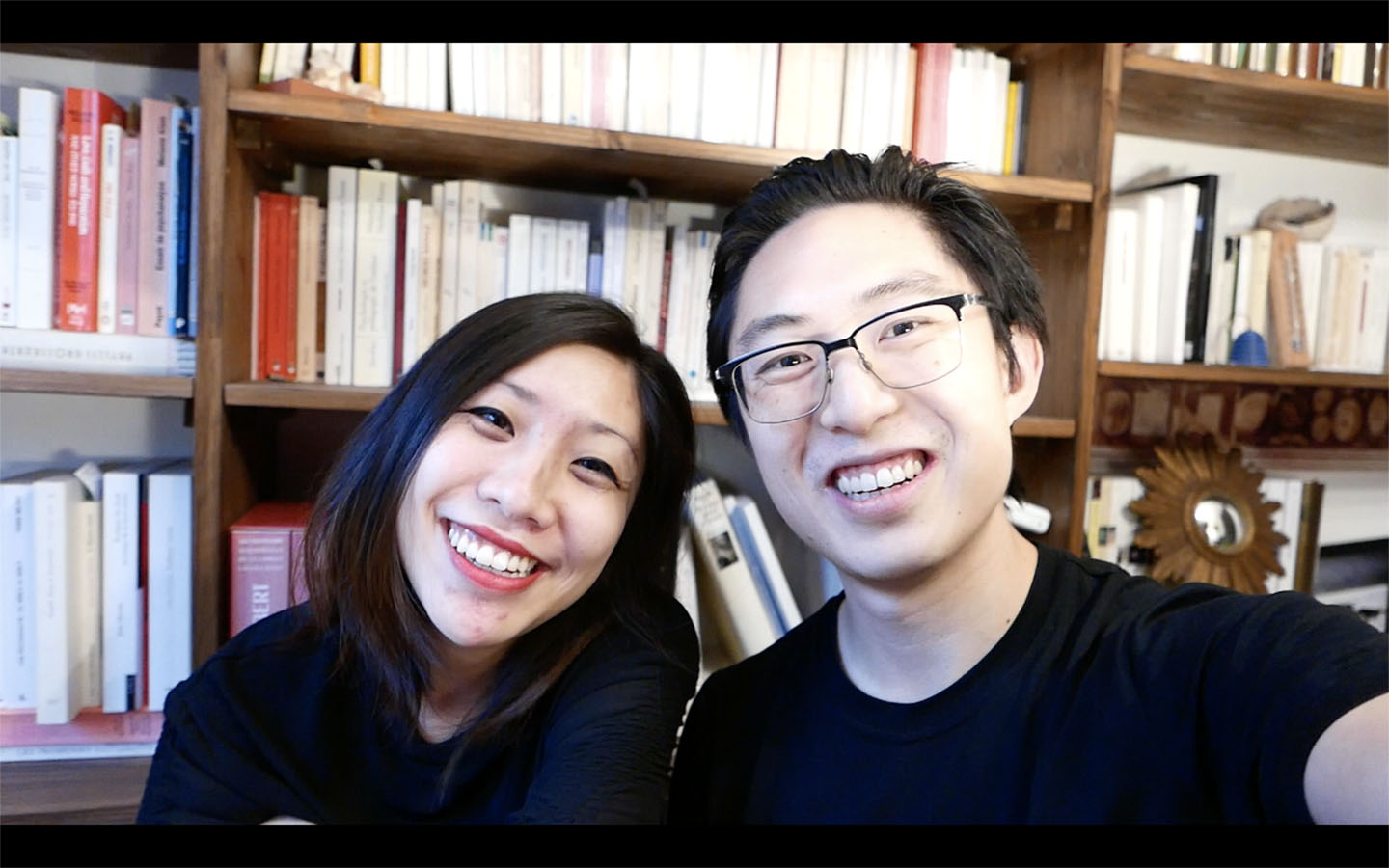
Happy Holidays from the HAPTIC family. We are excited to announce the following new products in our HAPTIC shop:

If you want more bold colors, integrate both red and green into your pictures.
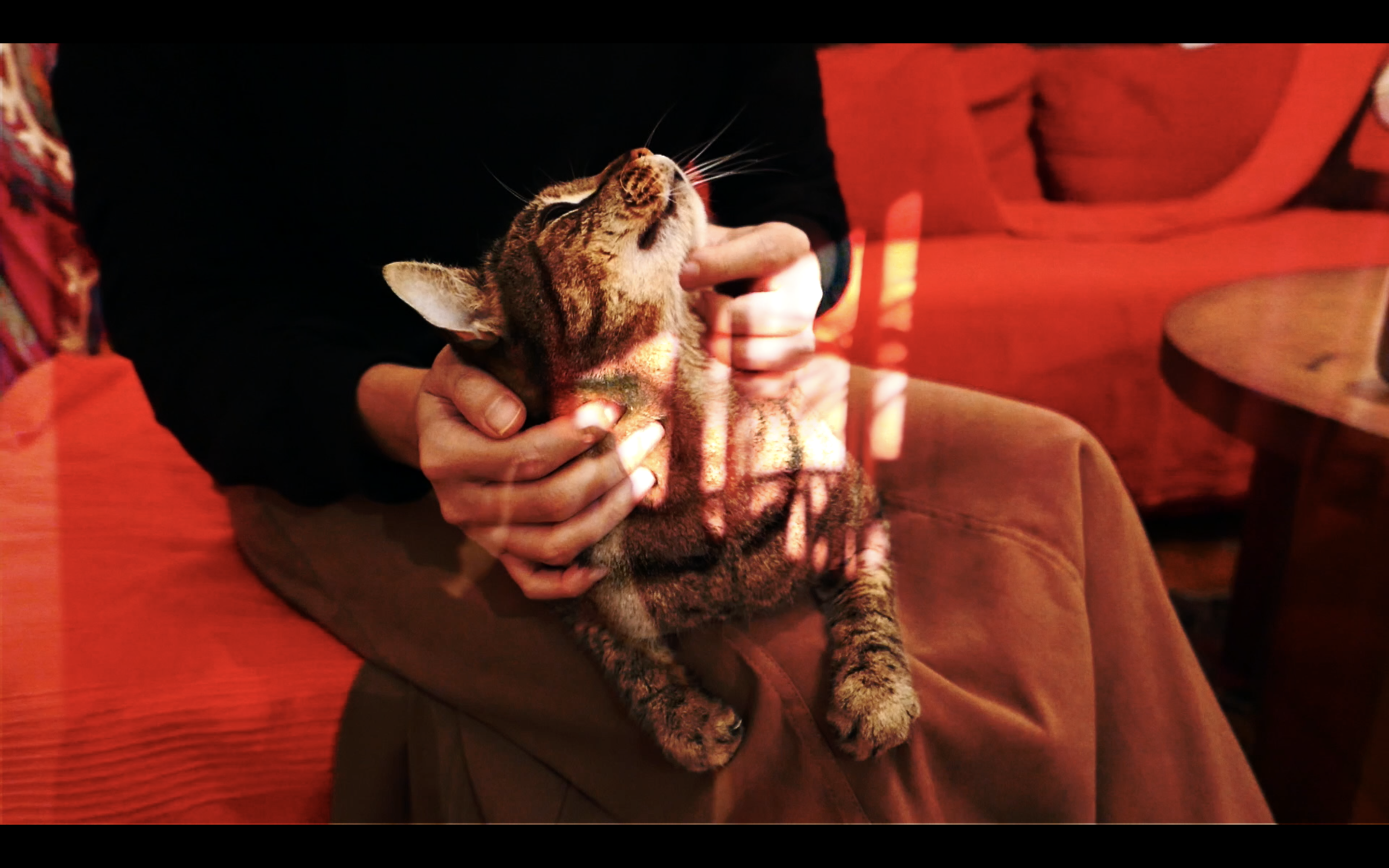
Directed, Concept, Produced, Poetry by Cindy Nguyen
It’s simple, really. We like to pause, look around, and think about life. We made this to invite you to join us in conversation about what is important/not and to ask why/why not?
With end of the year festivities, we took a moment to pause and reflect. In this moment of quiet meditation, we converse honestly about life, gratitude, and redefining expectations around ‘success’ and the artistic process.
Happy Holidays from Cindy & Eric. We wish you a new year of hope, honesty, and rediscovering your inner child.
Sounds by
Haruka Nakamura – Arne
SoulChef – Hello
J Dilla – So Far To Go
Blazo – Brisk Yellow
Que Sera – Wax Tailor
Marseille, the city
Tokyo, the city

33 Inspirational Photography New Year’s Resolutions and Assignment Ideas
Cindy Nguyen: “I made a film about my soulmate and creative partner. It is an intimate conversation about creating art, embracing change, and holding onto childlike wonder. I hope the film offers a moment to contemplate on the beauty and impermanence of life.”
Directed, Produced, Concept, Poetry by Cindy Nguyen
Artist interview with Eric Kim
Marseille, 2017
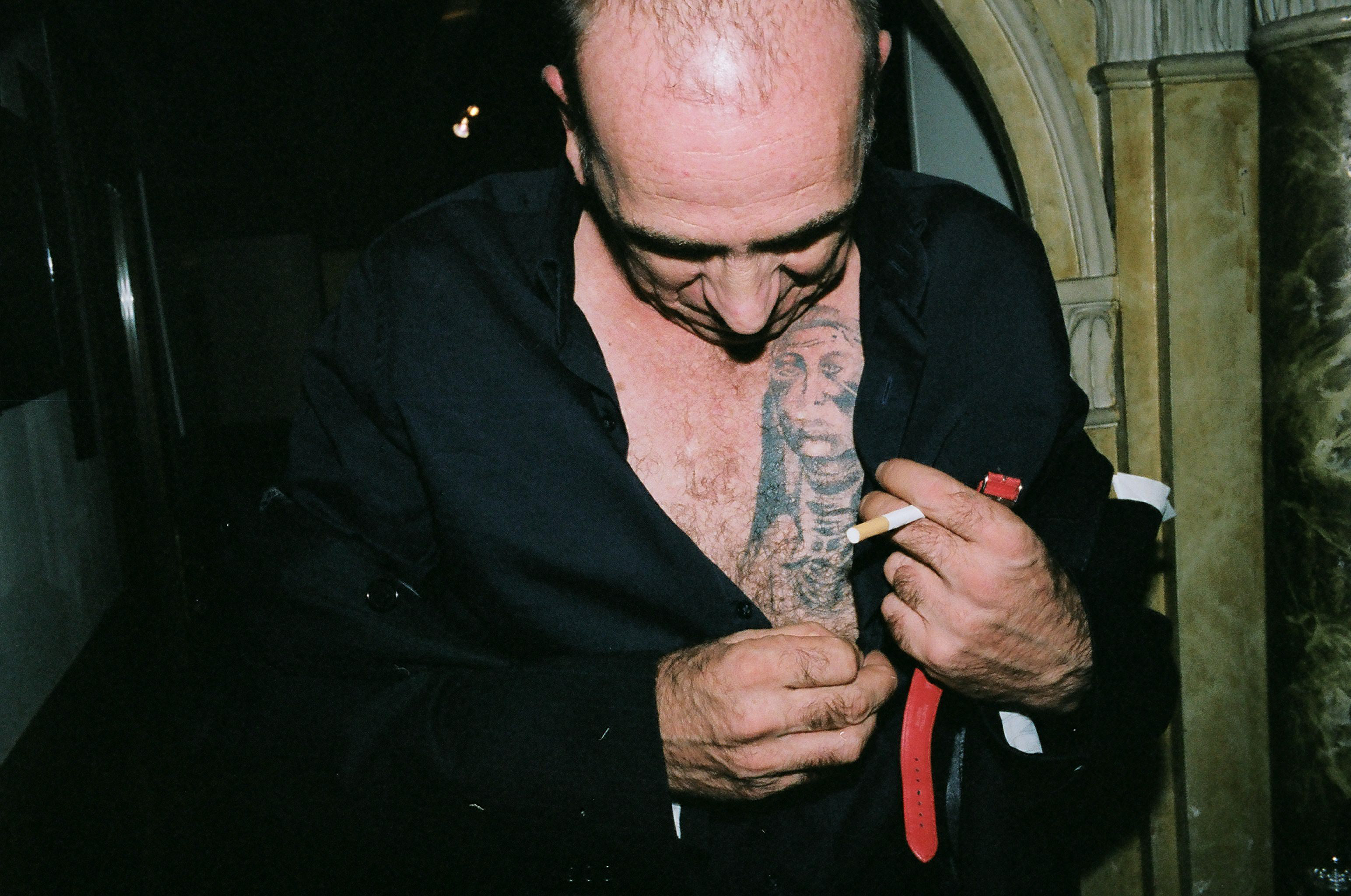
Dear friend,
The reason I love street photography is to harness the spirit of the “flâneur†— or the person who walks aimlessly, with grace, and doesn’t have a final destination in mind.
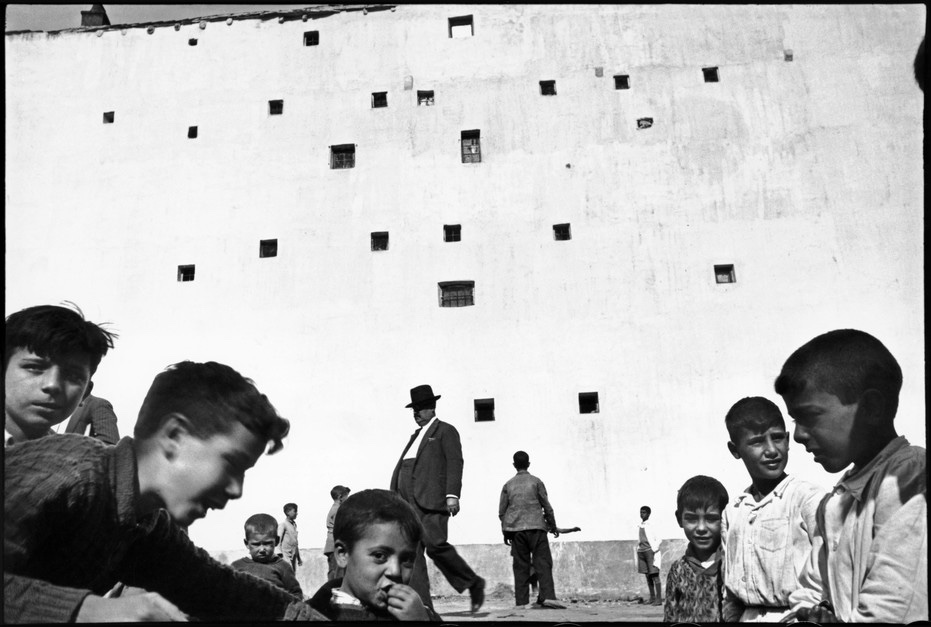
Studying the work of Rene Magritte and the surrealists has given me a new-found appreciation for the masterful photos of Henri Cartier-Bresson.
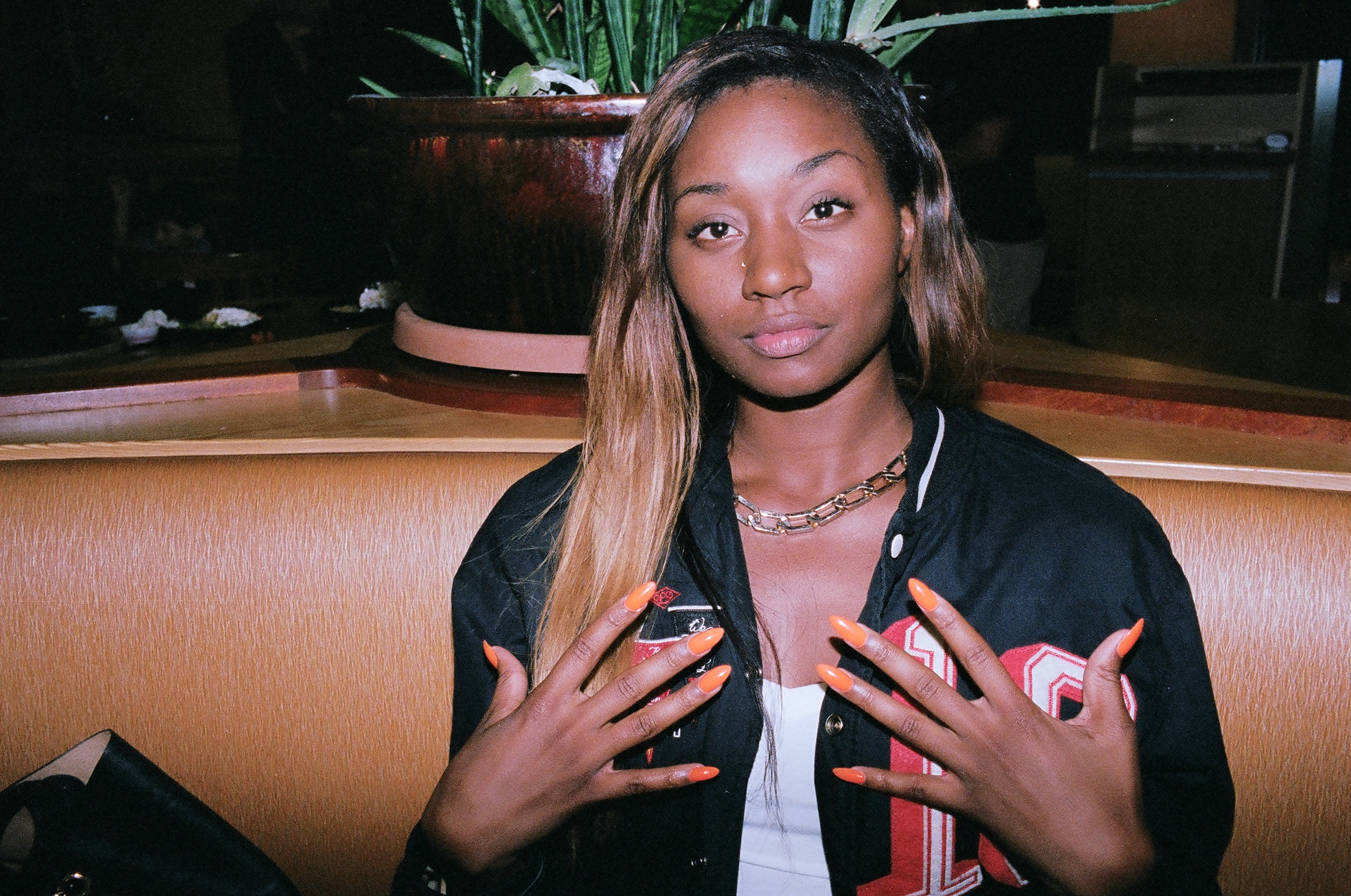
Good way of living: automate the unimportant things in your life, to give focus to what is truly important in your life.

Dear friend,
I think I have discovered the secret to happiness and photography — and I want to share this secret with you.

In this essay, I will attempt to define art, and explain why I believe it to be essential in being human.

Dear friend,
As the new year is coming up, here are some new years resolutions we can apply to our photography:
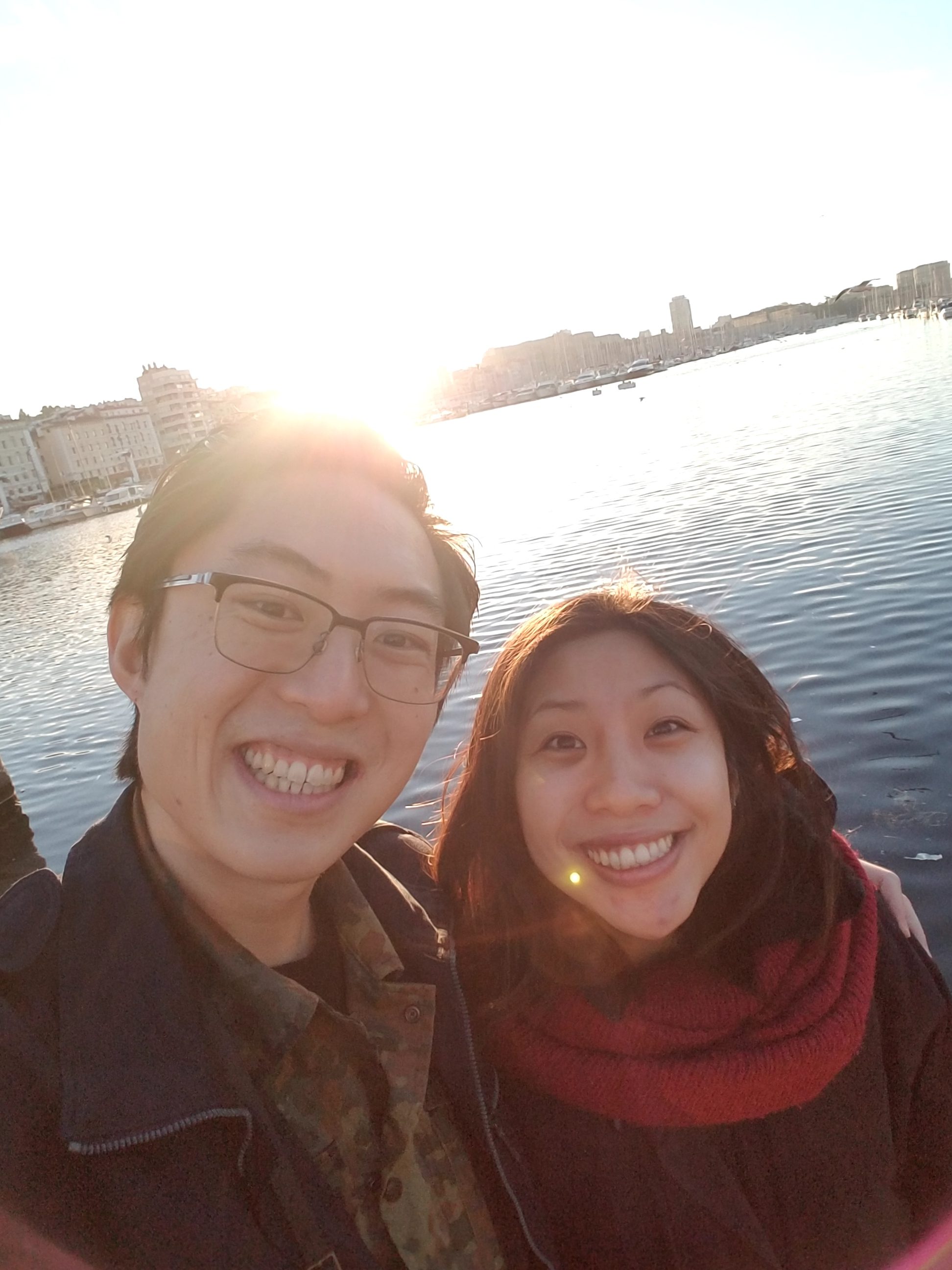
Dear friend,
I want to use this opportunity for me to count my blessings, and also thank you.
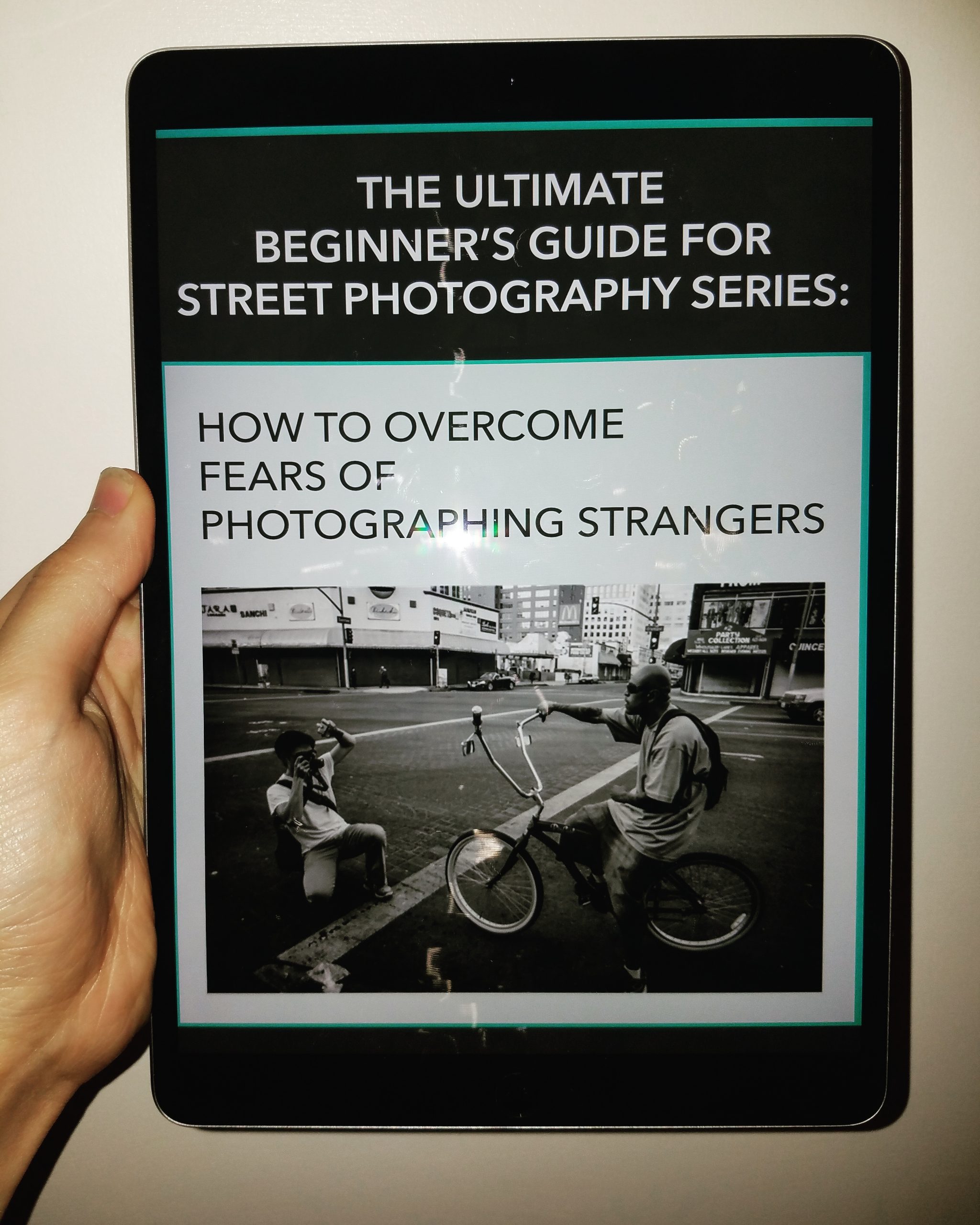
HAPTIC presents the Ultimate Beginner’s Guide for Street Photography Series — visualizations of essential photography lessons and tips by ANNETTE KIM. Annette researched, synthesized, and visualized the key lessons to present to you a fun, easy to read VISUALIZATION of photography fundamentals.

To be more creative, and to learn how to have more child-like delight in photography, LOOK UP!

Surrealism is a classic technique we can use in our street photography.
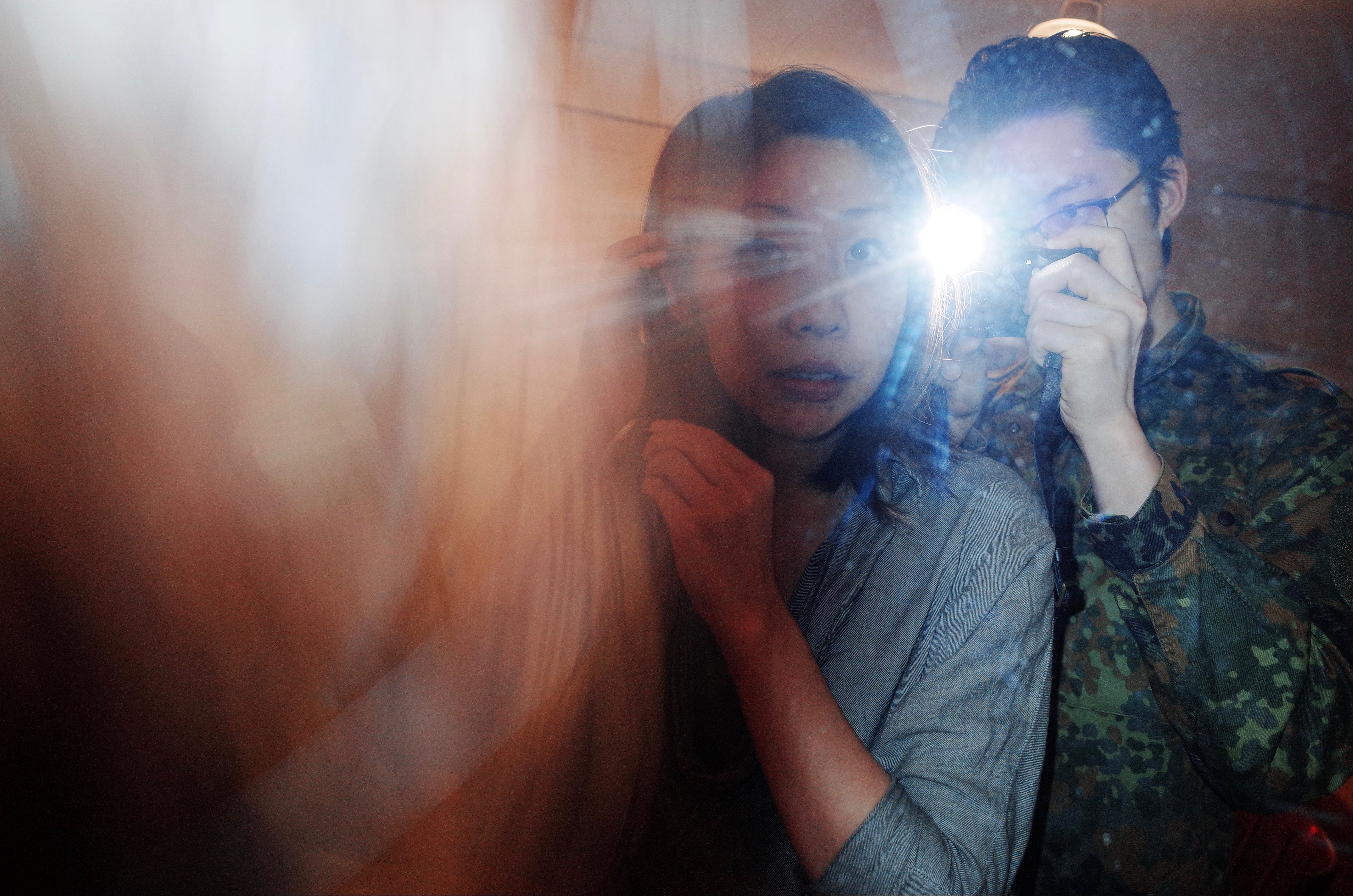
If you don’t love what you photograph — why photograph it?
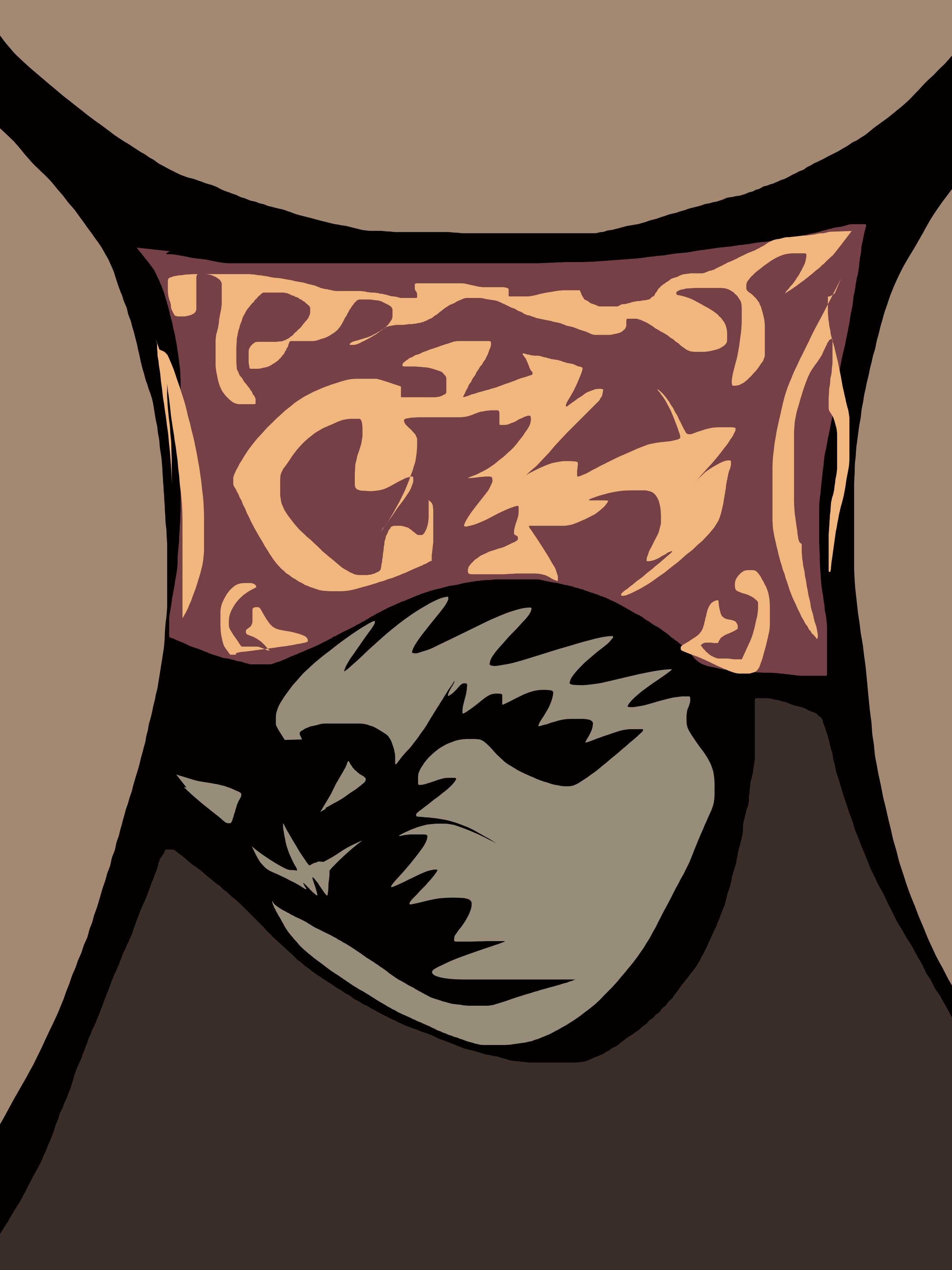
If we return to our beginners or child-like mind in photography, when we started off before concepts or rules, there is no such thing as ‘genre’ within photography.
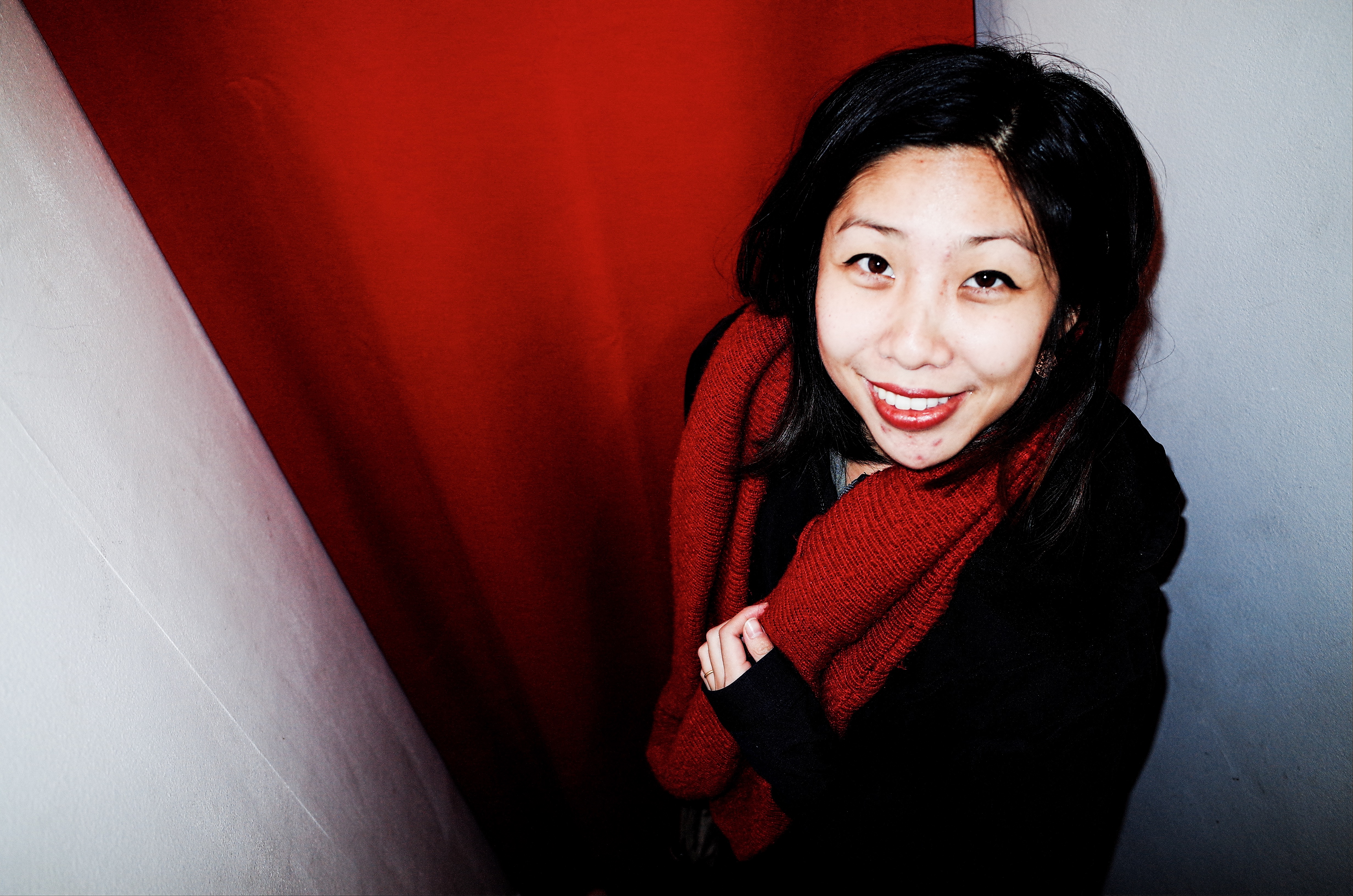
Dear friend,
Do you remember when you first started photography, and how fun and childlike it was?
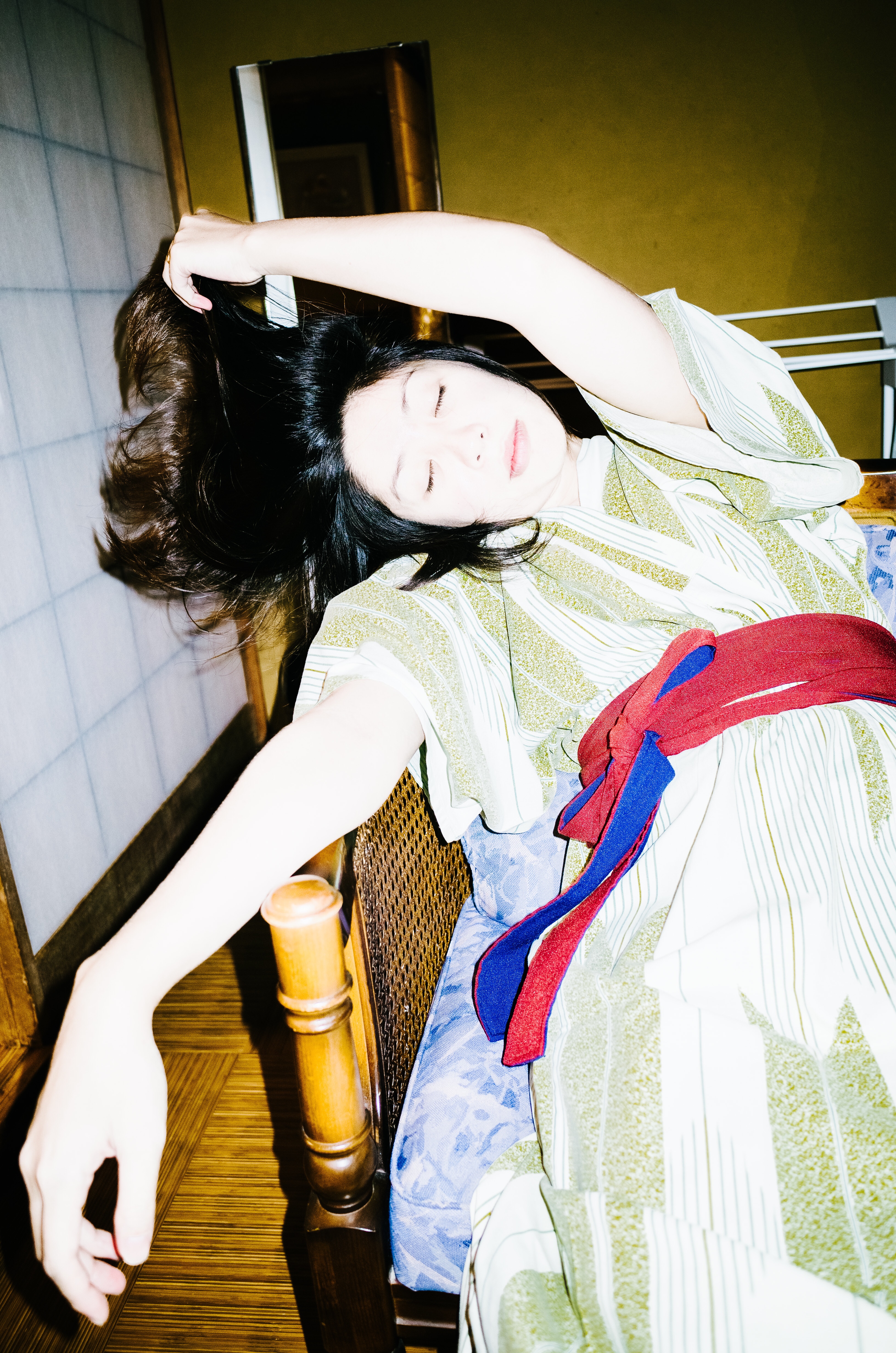
What is the purpose of art and photography? My idea: to create optimism, hope, excitement, and positivity for the viewer, and for society as a whole.